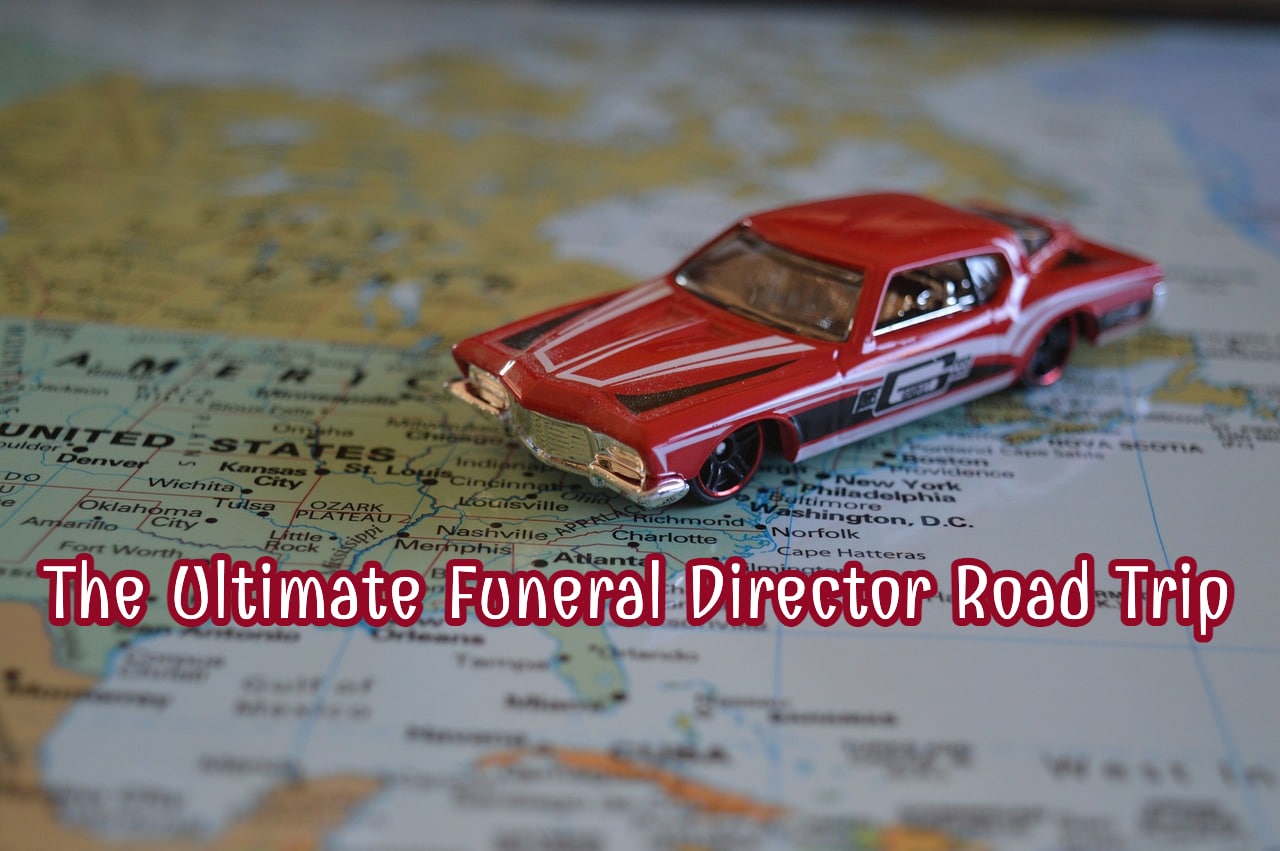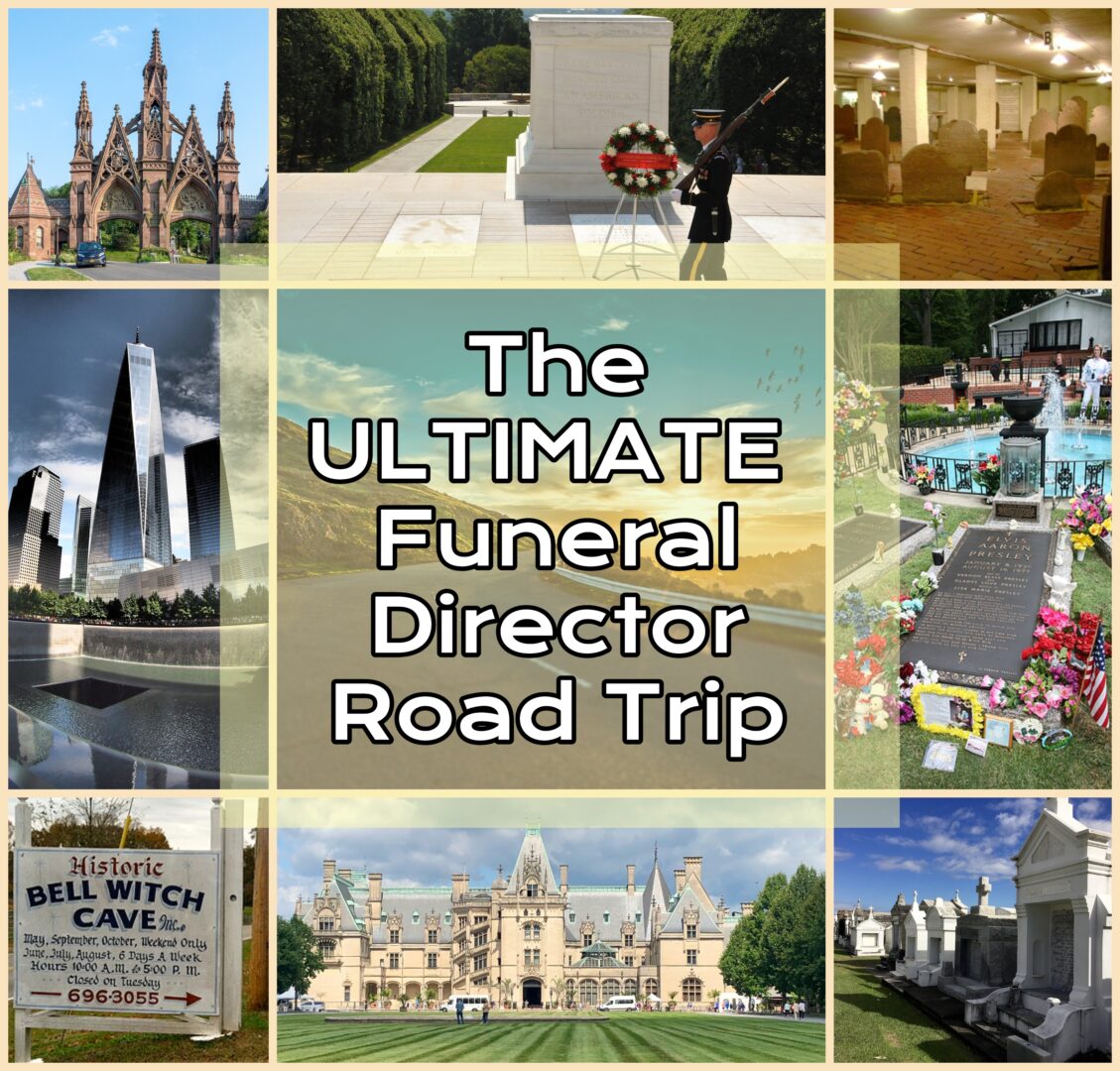
Within the somber and time-sensitive demands of the funeral profession, finding opportunities for introspection and renewal can hard to come by. Yet, in recognizing the value such moments can offer and the inspiration they can bring to your work, finding time for exploration can yield an incredible return. It has often been said that a person should take at least one great road trip during their lives to truly appreciate the vastness and diversity of the world around them. In a nation dotted with so many sites paying homage to the value of memorialization, a funeral director road trip offers a unique opportunity to delve into the rich history of funeral customs, traditions and cultural expressions of remembrance.
In our effort to curate an itinerary aimed at broadening the perspectives of individuals in the deathcare profession, we have dedicated considerable time researching destinations we believe will ignite inspiration among morticians. It’s important to clarify– while we acknowledge the current surge in “dark tourism,” wherein individuals are drawn to locations purportedly haunted by supernatural phenomena, this is not the focus of our road map. We respect that different people have different interests. However, if the mention of a “funeral director road trip” led you to anticipate a catalogue of haunted or macabre locales, you might be in for a surprise. This list isn’t about showcasing the most ominous corners of our nation; rather, it focuses on places where the solemn beauty of mortality intertwines with the richness of history and culture.
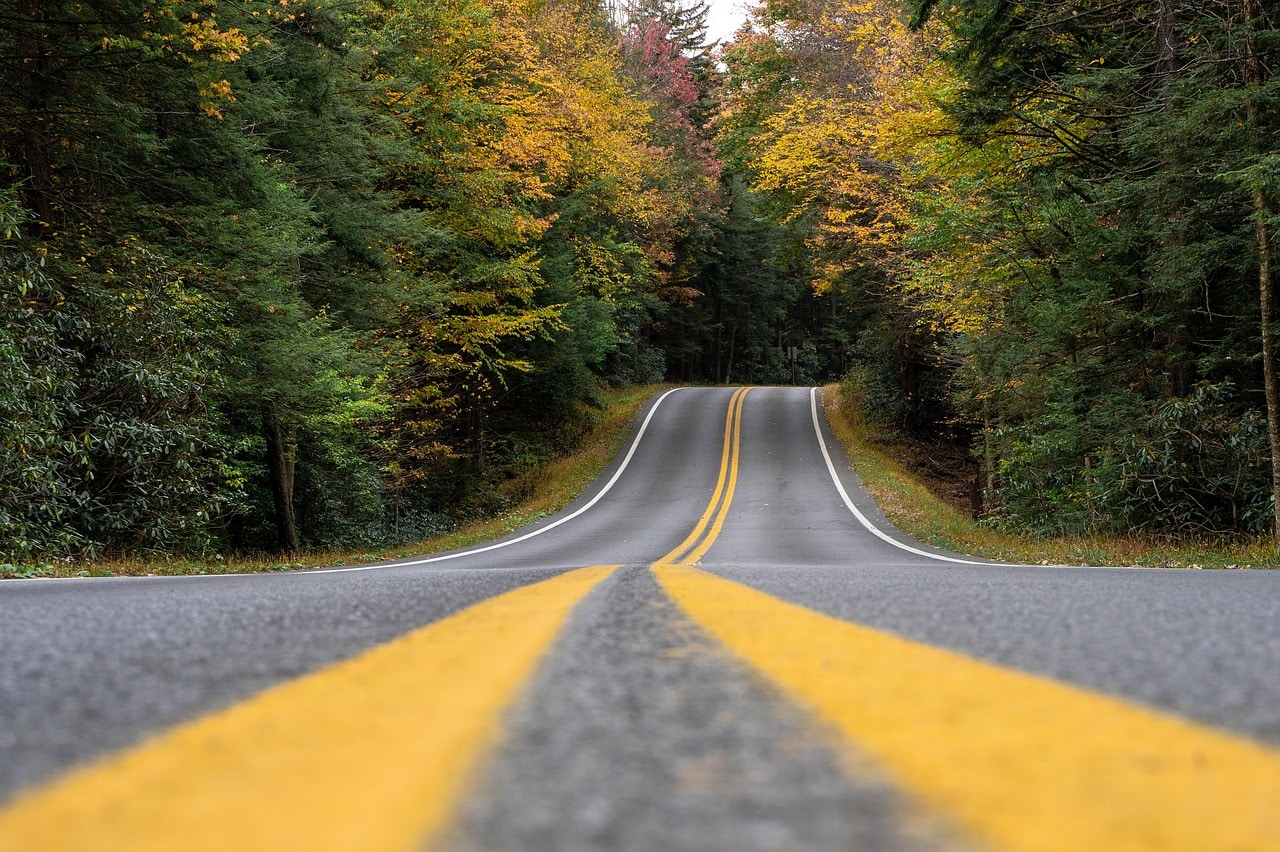
The Ultimate Funeral Director Road Trip
Part I: Northeast to Southwest
Our road trip journey takes you from the living room of the 18th President of the United States to the biggest museum in the country dedicated to funeral history. Traveling through ten states from the Northeast to the Southwest, you’ll visit stunning cemeteries, moving veteran memorials, civil war history sites, notable graves, fascinating museums, and more. From bustling cities to small, oft-overlooked towns, you’ll embark on a journey that not only highlights the rich tapestry of American history but also showcases the enduring significance of honoring the departed. With approximately 40 hours of driving time, you can complete this road trip in about a week if driving 5-6 hours per day.
Be sure to explore the next two parts of our travel series where we will create the ultimate funeral director road trip map from the south to the west coast (Part 2), and from the west coast to the mid-west (Part 3).
Upstate New York to Connecticut and NYC
First stop: Grant’s Cottage (1000 Mt McGregor Rd, Wilton, NY)
Your road trip begins in the Adirondack mountain range in upstate New York in the former home of Ulysess S. Grant, the 18th President of the United States. What makes this site so unique is the home remains virtually the same as it did when Grant died in 1885. You can view the original furniture, décor, and the bed where Grant took his last breath. Most impressively, you can view the original floral arrangements from Grant’s funeral which have remained untouched and intact for more than 138 years!
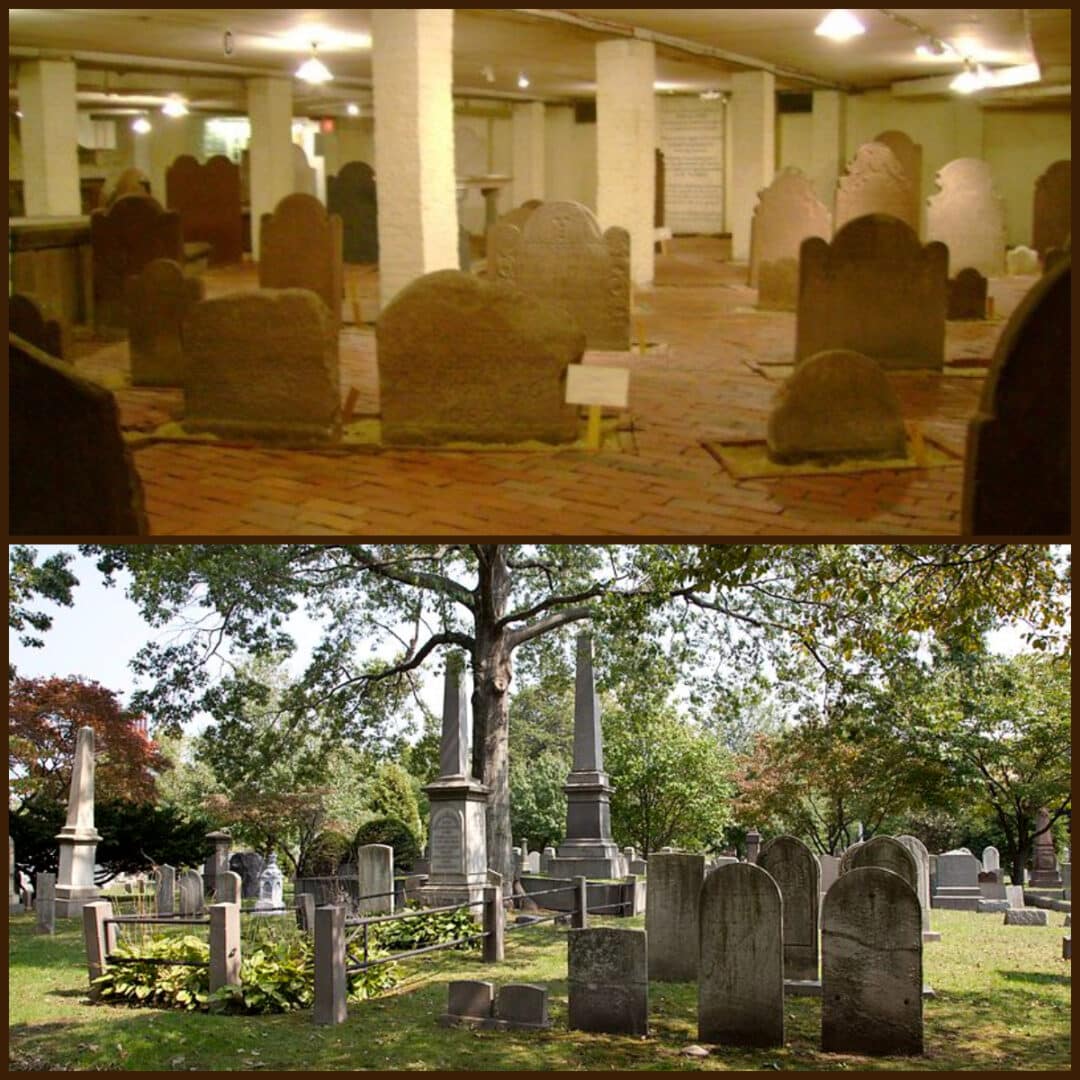
No funeral director road trip along the east coast would be complete without a stop at the gothic revival style Green-Wood Cemetery (500 25th St, Brooklyn NY), largely considered to be one of our nation’s most beautiful burial grounds. Nestled among rolling hills and serene landscapes, Green-Wood is not just a cemetery but a historical gem, boasting the final resting places of notable figures like Leonard Bernstein, Jean-Michel Basquiat, and Horace Greeley. From elaborate mausoleums adorned with intricate carvings to simple yet poignant gravestones, Green-Wood serves as a testament to the diverse cultural and artistic expressions of remembrance.
From Green-Wood, a journey to the National September 11 Memorial & Museum (180 Greenwich St, New York) in lower Manhattan serves as a poignant reminder of the importance of commemoration and national mourning. By paying homage to the lives lost and the stories of resilience in the face of tragedy, you will gain a deeper understanding of the profound impact deathcare work has on individuals, families, and communities. Visiting such sites fosters empathy, compassion, and a renewed commitment to honoring the dignity and memory of those you serve.
Pennsylvania to Washington D.C. and Virginia
Next on your road trip, head south to the vibrant city of Philadelphia which boosts three incredible stops within a short distance from each other. First, take some time to explore the grounds of Laurel Hill Cemetery (3822 Ridge Ave) which offers a rich tapestry of history and stunning views of the Schuylkill River. Walking among the rows of headstones, you will be captivated by the sheer variety of styles and designs, each reflecting the individuality and legacy of those interred within its hallowed grounds. Afterward, pay a visit to the Drexel University College of Medicine campus (2900 W Queen Lane) where you can view the Nervous System of Harriet Cole on display outside of the university bookstore. The carefully extracted nervous system came from a 19th century woman who worked as a custodian at the hospital and donated her body to science. It is truly a sight to behold for any person working in a field related to human anatomy. Finally, end your Philadelphia visit with a trip to the Mütter Museum (19 S 22nd St), renowned for its fascinating collection of medical oddities and anatomical specimens, providing a unique perspective on the human experience.
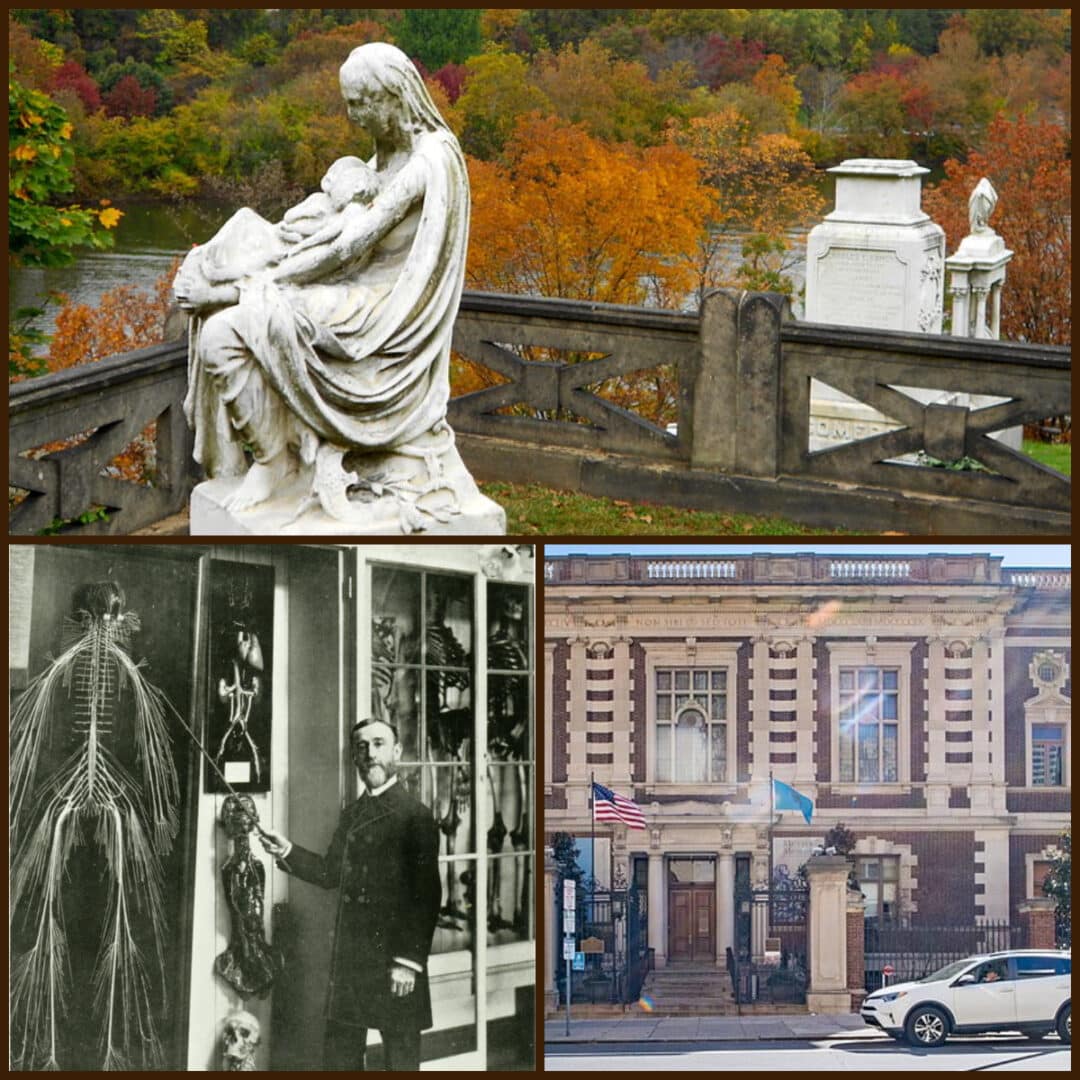
From Philadelphia, you can head directly south toward Washington D.C., or for those with a deep fascination with the history of cremation in America, take the optional 2-hour detour through Lancaster and see the country’s very first public crematorium in Greenwood Cemetery (719 Highland Ave, Lancaster PA). Constructed in 1884 when cremation was still very much opposed, it is now listed on the National Register of Historic Places. Pennsylvania is also home to the site of the very first cremation in America. You can visit the historic Lemoyne Crematory in Washington, PA, although you may not want to drive an extra 8 hours to look at a small brick building. However, if you do decide to venture out in that direction, be sure to stop by the Flight 93 Memorial (6424 Lincoln Highway, Stoystown) along the way, which honors the memory of the heroic passengers and crew of Flight 93 who were tragically killed on September 11, 2001.
OPTIONAL DETOUR ROUTE: Philadelphia to LeMoyne Crematory
After spending time in Pennsylvania, drive south to Washington D.C which is home to numerous famous monuments and memorials, each commemorating significant events and individuals in American history. You can see the Lincoln, FDR, Thomas Jefferson and Martin Luther King Jr. Memorials to pay tribute to some of our nation’s greatest leaders and thinkers. Or, visit the moving Vietnam and Korean War Veterans’ Memorials which were built to commemorate the sacrifices of those who served. Be sure to leave some time for some other off-the-beaten-track sites, like the underground railroad shelter at Glenwood Cemetery (2501 Mill Rd NW) or the Catacombs of Washington D.C. (1400 Quincy Street) a subterranean complex built as a replica of the Holy Land catacombs.
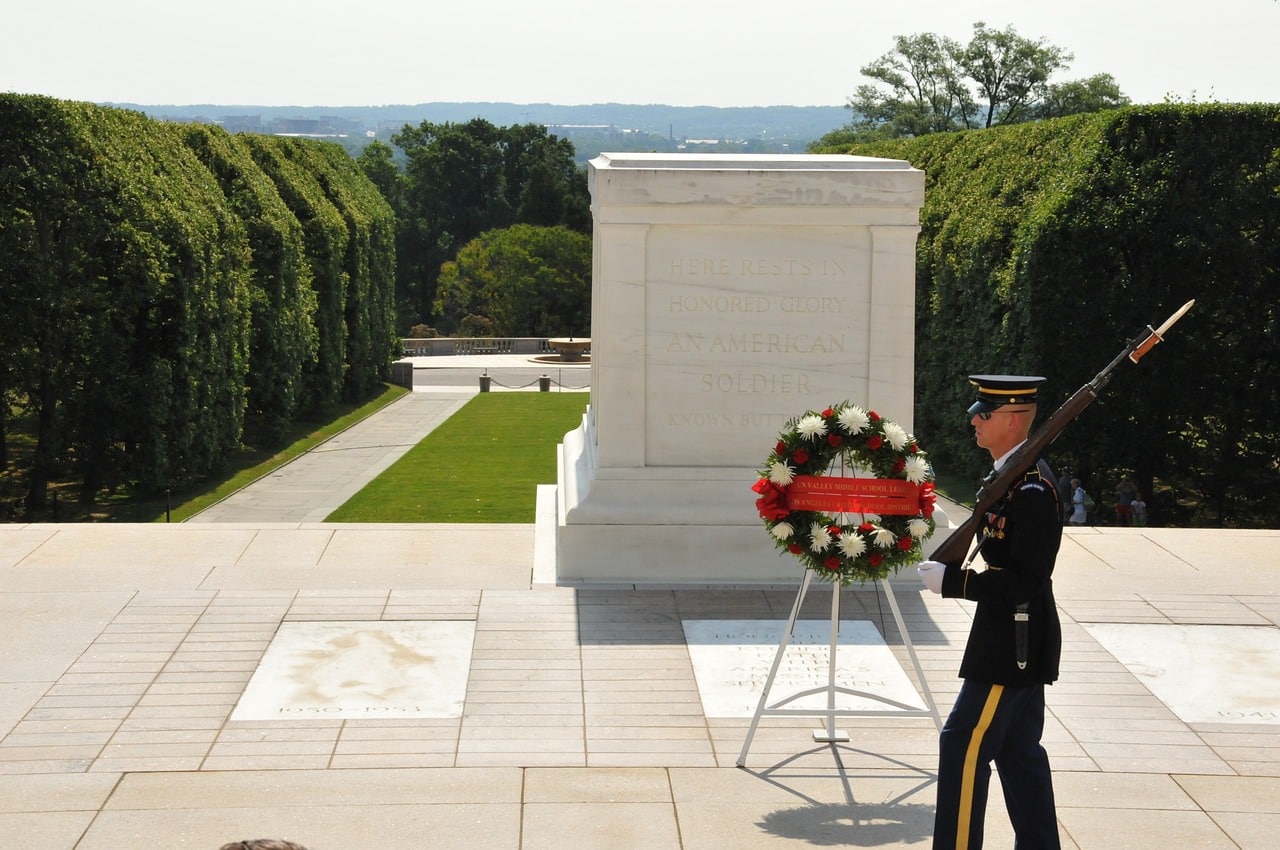
After leaving Richmond, drive 27 miles south to see the Tombstone House (1736 Youngs Rd, Petersburg, VA), your last stop before heading west. Built out of marble stone slabs that were used to mark the graves of 2,200 Union Soldiers in nearby Poplar Lawn Cemetery, the unusual house is the only place we known of that was built using grave markers. When visiting, keep in mind the house is a private residence but can still be viewed respectfully from the road.
North Carolina to Tennessee
The next leg of your journey will take you three hours southwest from Virginia to North Carolina. Here, take some time to stretch your legs as you walk through the grounds of the Carolina Field of Honor (9652 W Market St, Kernersville). Featuring beautifully landscaped grounds, flag displays, and monuments that pay homage to veterans from various branches of the military, this beautiful monument park provides a peaceful setting for contemplation and remembrance, allowing you to connect with the profound significance of military service and sacrifice.
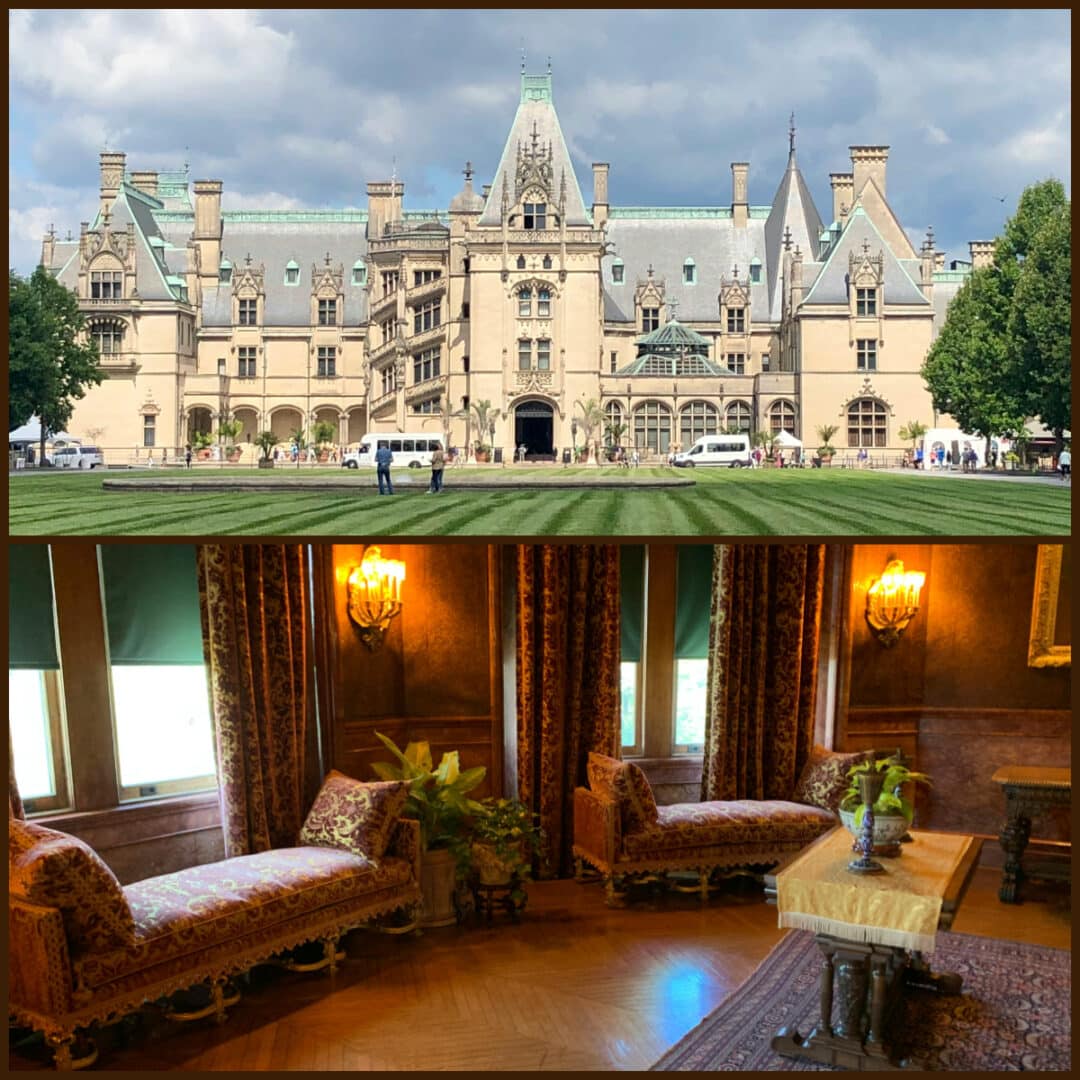
If you’re passionate about music and enjoy honoring legends by visiting their graves or homes, the next leg of the road trip will likely excite you. First up, take time to honor the King at Graceland Mansion (3764 Elvis Presley Blvd, Memphis). More than 600,000 people come to Graceland each year to pay homage to his memory, experience the grandeur of his legendary home and gain insight the life of the King of Rock n’ Roll.
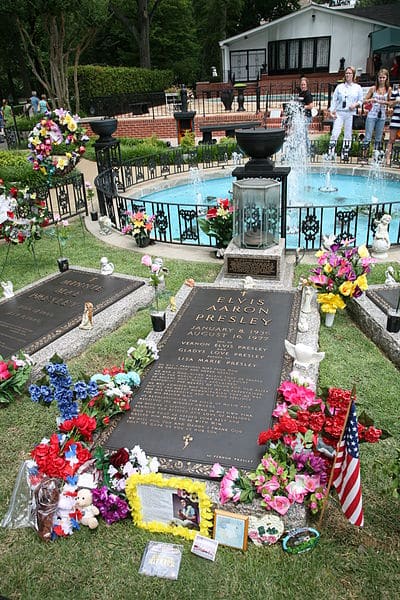
Mississippi to Louisiana and Texas
When you are finished touring Graceland, head south to visit the grave of legendary bluesman, Robert Johnson, in Little Zion Church Cemetery (Money Road, Greenwood, MS). Although there are other monuments in the state, this site has been confirmed as his official burial location. Just 20 minutes away, you can visit the notoriously elusive grave of Mississippi John Hurt (Country Road 204, Carrollton). Located in the middle of Mississippi forest, the renowned bluesman’s grave is worth the journey for those seeking to immerse themselves in the rich history and soulful essence of the Mississippi Delta blues. After paying homage, head south again and stop at the home of Robert Johnson. Johnson’s home (201 Downing St, Hazlehurst) may not be much to look at, but it holds deep significance for those inspired by his music, among which include Bob Dylan, Eric Clapton and Fleetwood Mac.
Continuing southward on the music legend portion of the road trip, take some time to visit the Lynyrd Skynyrd Memorial Site (7364 Easley Rd, Magnolia). The monument commemorates the tragic plane crash that took the lives of several band members and crew in 1977. Situated at the crash site in a wooded area, the memorial consists of a simple granite monument adorned with plaques honoring the victims. Take a few moments to pay respects at this somber yet significant site, reflecting on the enduring legacy of the iconic Southern rock band.
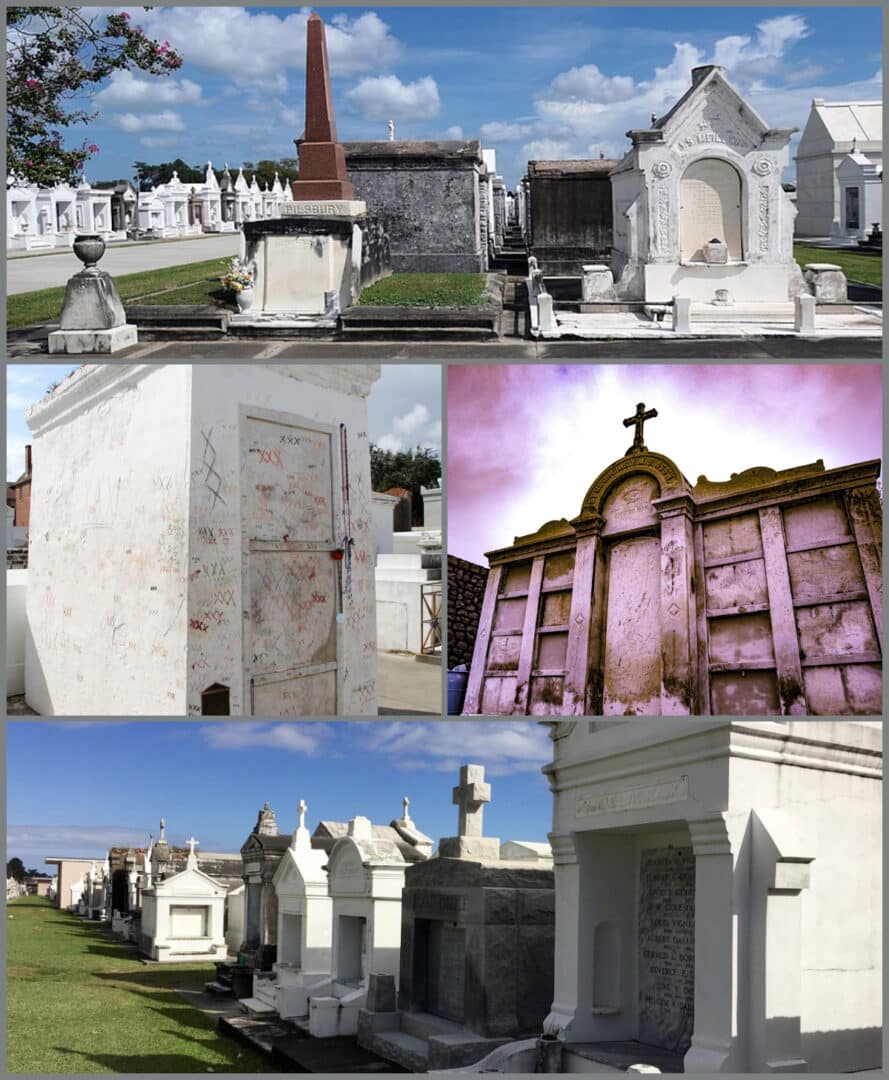
The final stop on our funeral director road trip will take you to Houston, TX where you can explore the history of the deathcare profession at the National Museum of Funeral History (415 Barren Springs Dr). Within its walls, you will encounter a diverse array of exhibits showcasing everything from ancient burial rituals to modern embalming techniques. From intricately designed coffins to exhibits on famous funerals and mourning attire, the museum offers a comprehensive look at the cultural, religious, and societal aspects surrounding death and funeral traditions. For funeral directors, a visit to the museum provides invaluable insights into the historical context of your profession, allowing you to deepen your understanding and appreciation of funeral customs across different cultures and time periods.
This completes the first section of our itinerary traveling from the northeast to the southwest. Be sure to check out our blog in the coming months to read the next parts in our funeral director road trip series. Part II will explore some recommended sites to visit between the southwest and the Pacific northwest. Are there any sites we left off our list that we should include? Any suggestions for our upcoming blogs in the road trip series? Share with us in the comments below. Happy travels everyone!
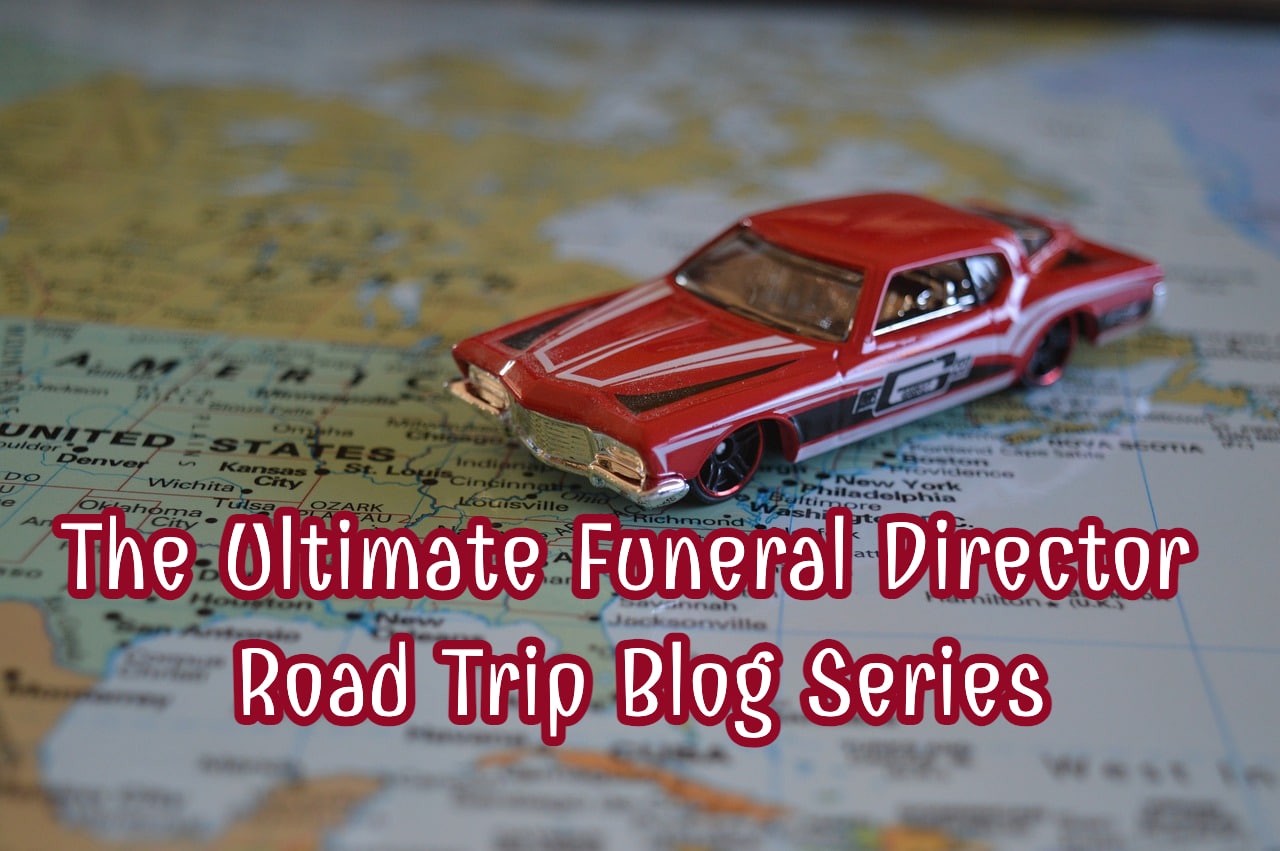
RELATED READING
11 Remarkable Graves with Incredible Back Stories
28 Mind-Blowing Atlas Obscura Stories Funeral Directors Will Love
7 Out of the Ordinary Gifts Left On Famous Gravesites
ASD is here to help when you need to get away
When you need to take a well-deserved vacation or simply step away from the office, ASD is here to ensure seamless communication for your funeral home. Our dedicated team covers your phones with empathy and professionalism, allowing you the freedom to embark on adventures while staying connected through our convenient mobile app. Rest assured, you can check in anytime, knowing that your funeral home communications are in capable hands.
